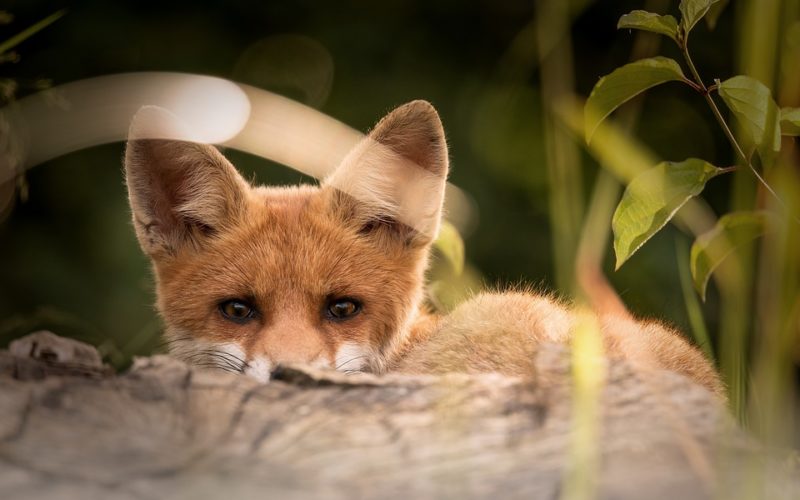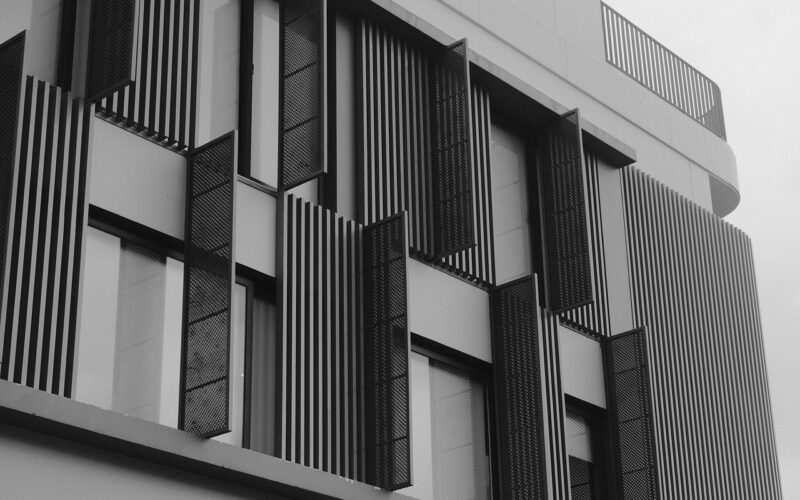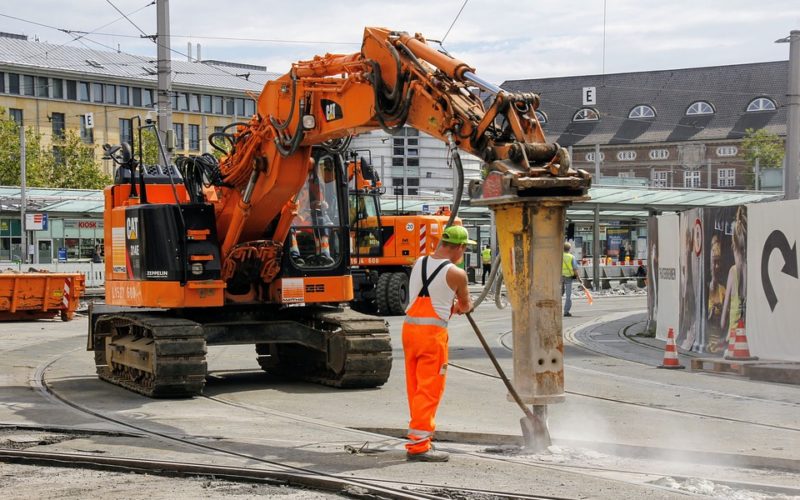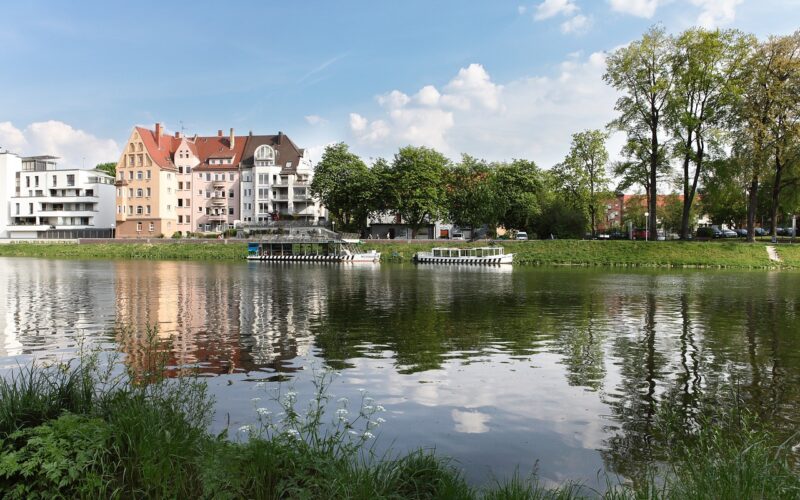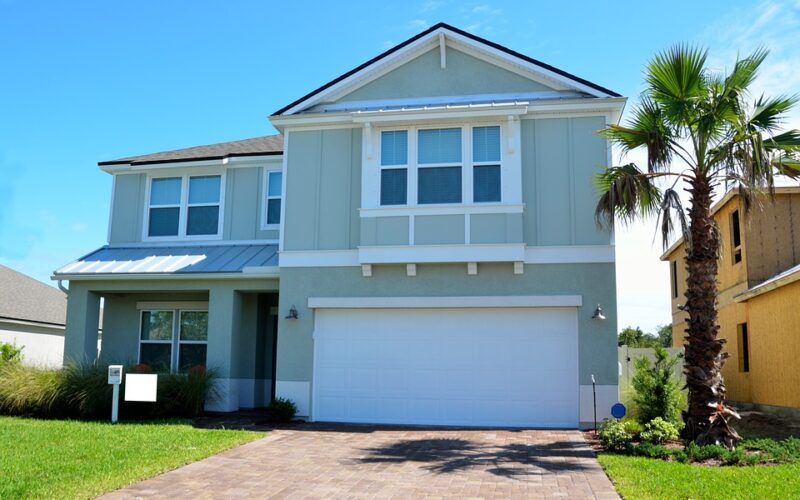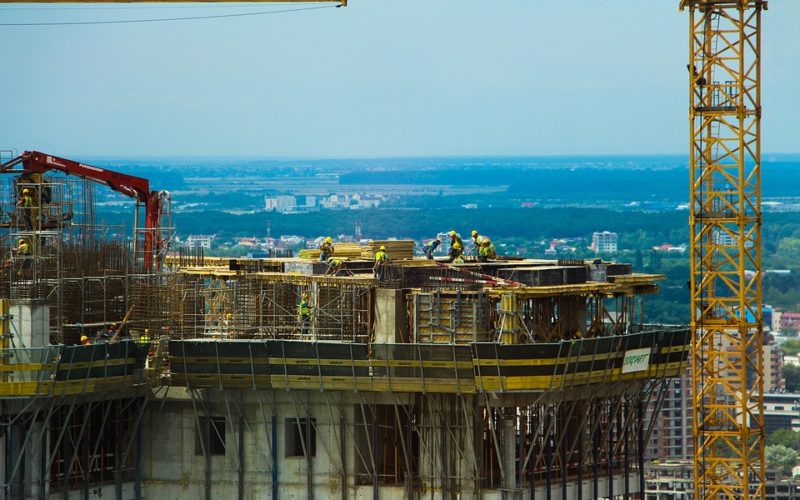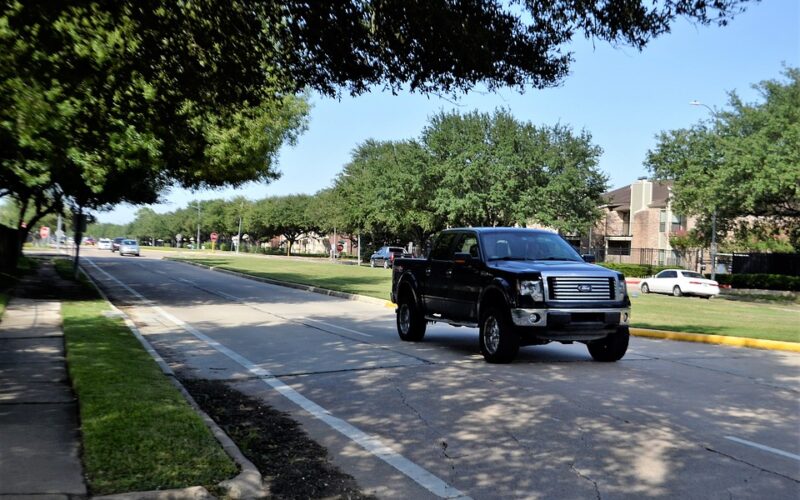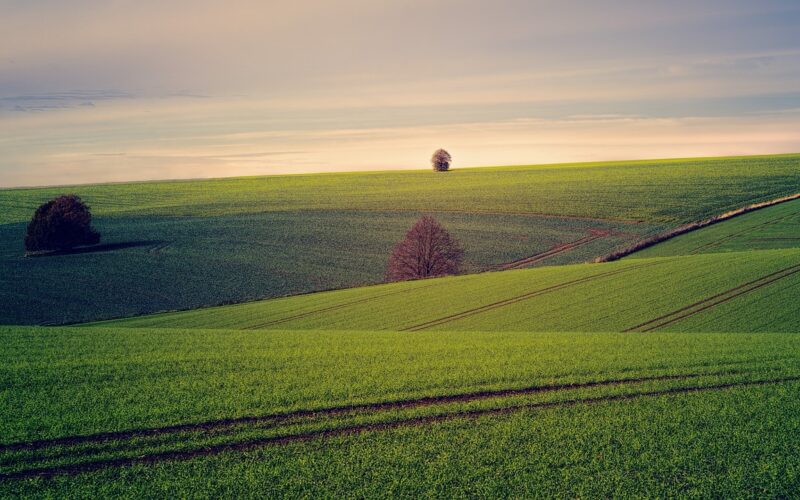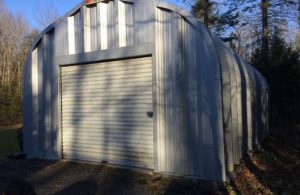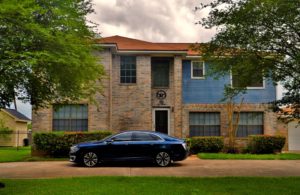Babies continue to be born, and they grow up with the need for homes of their own. Many families pass homes down to the next generation, but only one of the children is able to live in it. Any other children will need to find their own homes elsewhere, so buying a home in a new community is often their first choice. Developers are aware of these facts, and they have found great profit in creating new neighborhoods. For those who now want to obtain the necessary permits, maintaining environmental integrity for the future has become an important part of their community planning.
Whenever a piece of land is developed, it can have a great impact on the area around it. Trees are often cut down, and small animals and birds will lose their homes. When forest growth is cleared, food for many species disappears overnight. All of these factors can change the lives of local animals, but it can also be a costly mistake that environmental workers will have to clean up in the future. That is why many communities now depend upon specialists to help them with clearing a project with an eye to maintaining the natural environment.
It takes years to grow trees, form small streams and ponds, and turn an area into an acceptable habitat for wildlife. Developers used to raze an area and put up houses, but planning for environmental impact has stopped this practice. They must now reserve areas for local wildlife, and they must be built well enough to remain intact for decades. They have found that creating and maintaining these areas adds value to the properties they are selling.
It can take a lot of work and investment to create a new habitat for local wildlife, but it is a good investment for the future. Knowing that there will be a natural area is something many families seek when buying in a new development, and they are often willing to pay more for this amenity.
